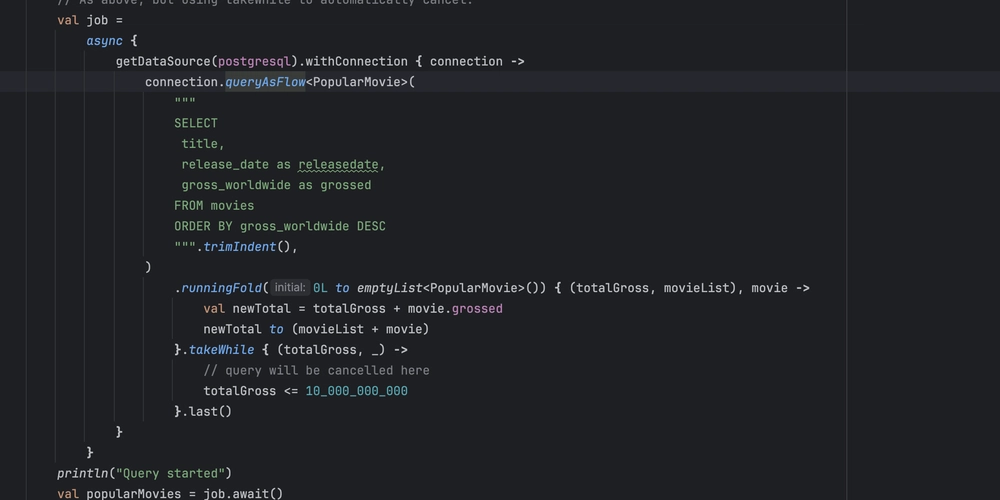Linux: Understanding shell commands
Many shell commands are used to obtain the system information you need or to perform specific system actions. Sometimes, memorizing all the parameters associated with a shell command is hard. To get help with a shell command, one usually uses the man command or the --help argument after the command. The above commands are often verbose. If one has to look up a shorter description of commands, one can use the apropos command. You may also refer to Stack Overflow for troubleshooting and encounter a very long command with many arguments, which can be difficult to make head or tail of, such as this one. ssh(1) -i keyfile -f -N -L 1234:www.google.com:80 host Someone has put in the effort to make our lives easier by helping us understand long commands with explainshell.com, where we can see what each command and argument represents. Now, one can also get help from AI coding tools such as GitHub Copilot from your editor.

Many shell commands are used to obtain the system information you need or to perform specific system actions.
Sometimes, memorizing all the parameters associated with a shell command is hard. To get help with a shell command, one usually uses the man command or the --help argument after the command.
The above commands are often verbose. If one has to look up a shorter description of commands, one can use the apropos command.
You may also refer to Stack Overflow for troubleshooting and encounter a very long command with many arguments, which can be difficult to make head or tail of, such as this one.
ssh(1) -i keyfile -f -N -L 1234:www.google.com:80 host
Someone has put in the effort to make our lives easier by helping us understand long commands with explainshell.com, where we can see what each command and argument represents.
Now, one can also get help from AI coding tools such as GitHub Copilot from your editor.










































































































































































![[The AI Show Episode 143]: ChatGPT Revenue Surge, New AGI Timelines, Amazon’s AI Agent, Claude for Education, Model Context Protocol & LLMs Pass the Turing Test](https://www.marketingaiinstitute.com/hubfs/ep%20143%20cover.png)





























































































































![From Accountant to Data Engineer with Alyson La [Podcast #168]](https://cdn.hashnode.com/res/hashnode/image/upload/v1744420903260/fae4b593-d653-41eb-b70b-031591aa2f35.png?#)




































































































.png?#)













































































































































![Apple Watch SE 2 On Sale for Just $169.97 [Deal]](https://www.iclarified.com/images/news/96996/96996/96996-640.jpg)

![Apple Posts Full First Episode of 'Your Friends & Neighbors' on YouTube [Video]](https://www.iclarified.com/images/news/96990/96990/96990-640.jpg)


































































































































